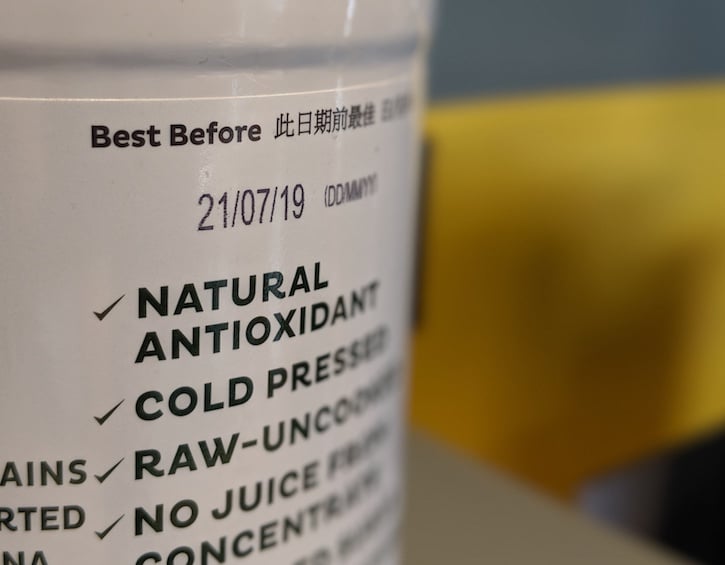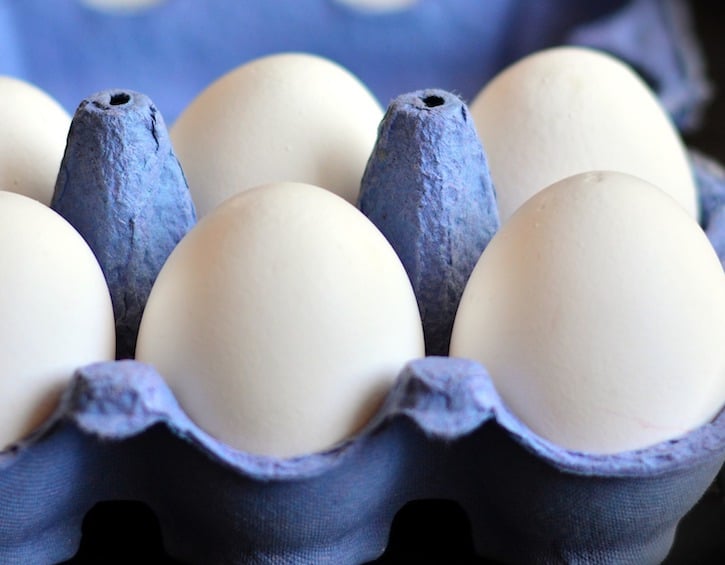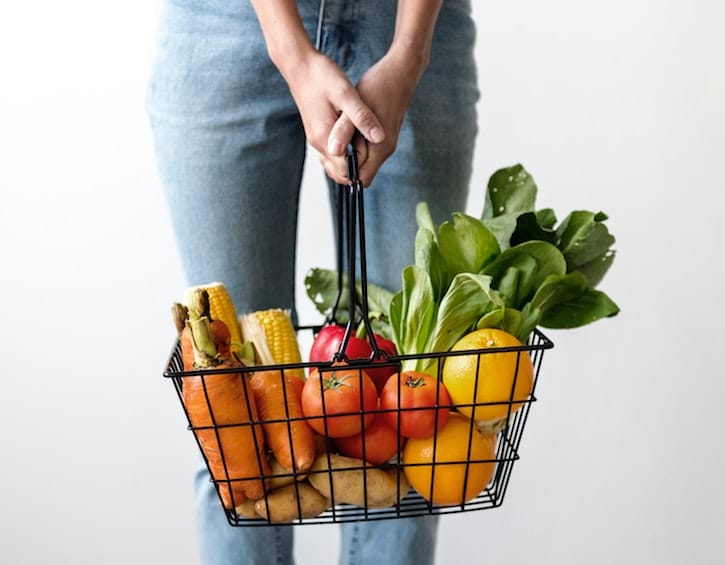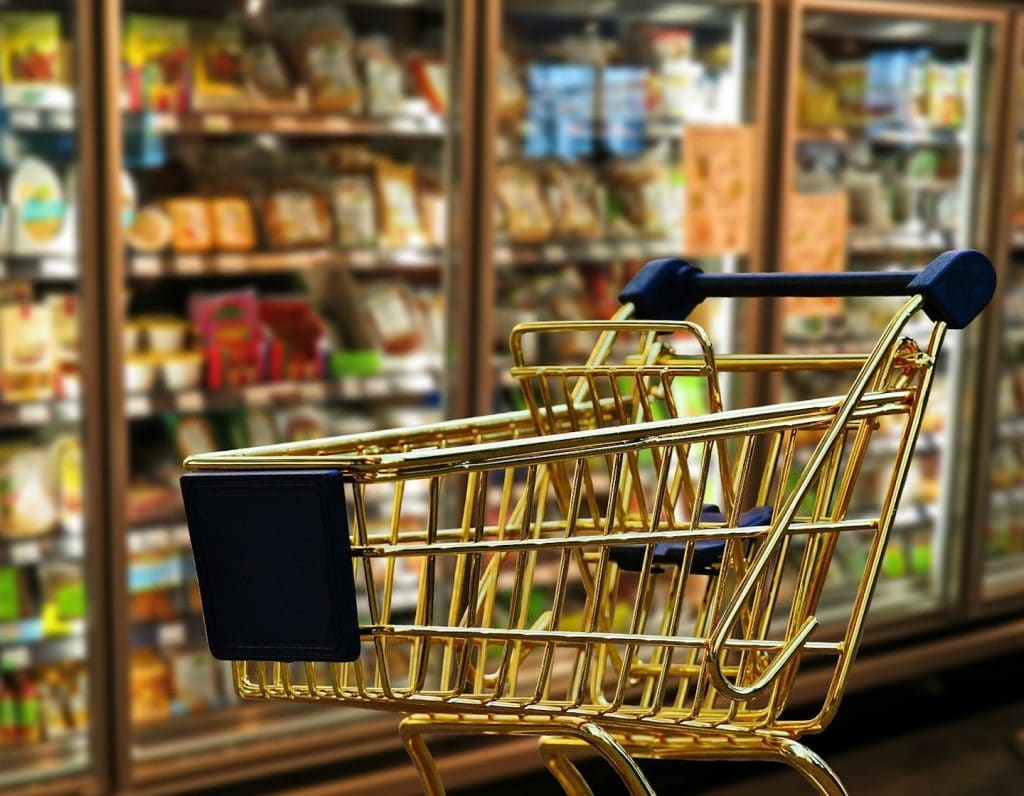
Read this before you toss out perfectly good food!
“Walk along the supermarket aisles and there are plenty of labels on packaged foods, including “Use by”, “Sell by” and “Best before”, which is enough to get anyone confused! So the question is, are we throwing away expensive products because we take the expiry dates literally? In an age of excess consumerism, you may be interested to know that these dates have nothing to do with food safety (except for baby formula and infant foods)! It’s left to the discretion of the manufacturers to decide the approximate date by which the quality and flavours of the food will be past their best. With little or no consistency, food labelling has created a massive wastage problem across the world.
A scathing report by the National Resources Defence Council and Harvard Law in 2013 found that 90% of Americans are prematurely tossing out food worth $165 billion annually, often because of the confusion and poor understanding of date labels. The same issue exists in Europe where countries are discarding 100 million tons of food each year because of differences in labelling systems. Hong Kong is no different. The city is heading towards alarmingly full landfills and food waste is one of the biggest culprits. So until a global law exists to standardise these food date stamps, we’re arming you with the knowledge you need to help decide just when (and if) you want to discard packaged food.
Read more: Frugal Foodies: How To Save Money When Feeding The Family
What the different labels actually mean
Sell by: This date label is more for inventory management rather than having anything to do with the quality or safety of food. It advises retailers when they should take the item off the shelves.
Best before/Best if used by: This indicates the date by which the freshness, taste, colour and texture of the food starts declining. It doesn’t mean that the food is rotten or contaminated (for example a box of crackers past its best before label may lose its crispness, but is not unsafe to eat).
Use by: This one is a bit more complicated! European food manufacturers use this date on highly perishable food items as a safety label, whereas American companies use this to indicate the last date of peak quality.
How are these dates generated?
Big food manufacturers employ a panel of experts to establish when their product is no longer up to the mark. Take bread for example. A panel of food tasters will try it from day one to seven to recommend when the colour, taste, smell or texture starts to deteriorate.
A second way is to use a mathematical formula, generated after multiple shelf-life studies, where food information, data on handling conditions, acidity levels and moisture content can be entered to get an approximate time period during which food is still safe to consume. This food can then also be tested occasionally for physical and chemical changes to determine its best before date.
Smaller food manufacturers who do not have the bandwidth to carry out these estimates themselves sometimes make a wild guess on date stamps, depending on the shelf life advertised by their competitors in the same categories.
Read more: Sassy Mama Supports: Foodlink Foundation Against Hunger & Poverty
So when should you trash food?
This really depends on factors like the sanitation of the factory, transportation temperature, storage in the supermarket, the cooling of your fridge and the kind of food you’re buying.
- Fresh fruits and vegetables can become unsafe as soon as a few hours after buying! If you notice a grainy, mushy, wrinkly or mouldy appearance on them, it’s time to discard them. Don’t confuse this with brown spots (like those on bananas) which are actually harmless.
- Don’t trim around the mouldy spot of bread, check the whole pack for good health. The mould spore has long roots that are likely to spread further than is visible to the naked eye.
- Bad eggs float in water (science that we learnt in school and is still good to use!). Fresh eggs sink and lie on their side or stand upright at the bottom.
- If meat has a slimy texture or it’s smelling funky or feeling too hard, toss it away immediately.
- Other signs of spoilage are a rancid smell, discolouration and a film on food. A lot of pantry items like sugar, salt, pulses, grains, pasta and honey can last for years past their expiry date.
Read more: Easy Peasy Pancake Recipes To Make With The Kids
How can you extend the shelf life of some products?
Going plastic-free can help the environment and your groceries. Denying your fresh produce air actually speeds up decomposition. Wash them and store in moist mesh bags in the fridge. Don’t do that with mushrooms though! Store these unwashed in an open paper bag (to keep away moisture and maintain freshness) and try to use them within a week.
- With milk, pasteurisation at the manufacturing level is a very good technique to kill bacteria but some super smart strains escape the process. So at home, boil the milk again to eliminate these stubborn organisms (before they multiply) and then refrigerate.
- Meat is delicate and a prime breeding ground for bacteria. Vacuum pack fresh meat for storage or dry cure it to increase its shelf life by months.
- For dried beans, whole grains, rice and pulses that you buy in bulk and use and store over long periods, use mylar bags, add oxygen absorbents and keep them in food grade buckets in a cool, dry place. Do it correctly and these items could last several years.
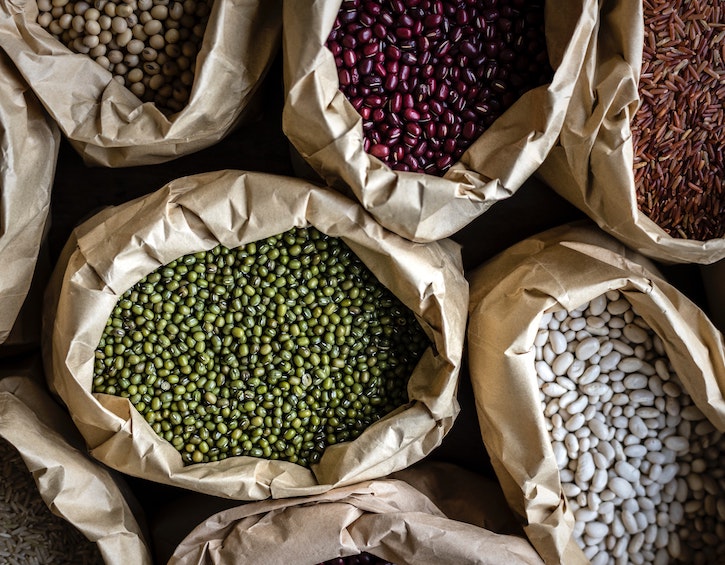
When all is said and done, food science is tricky and labels are definitely not the gospel. No matter what the package says, trust your nose, eyes and instincts when it comes to the health and safety of your family.
 View All
View All



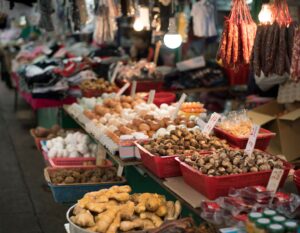







 View All
View All




 View All
View All


 View All
View All






